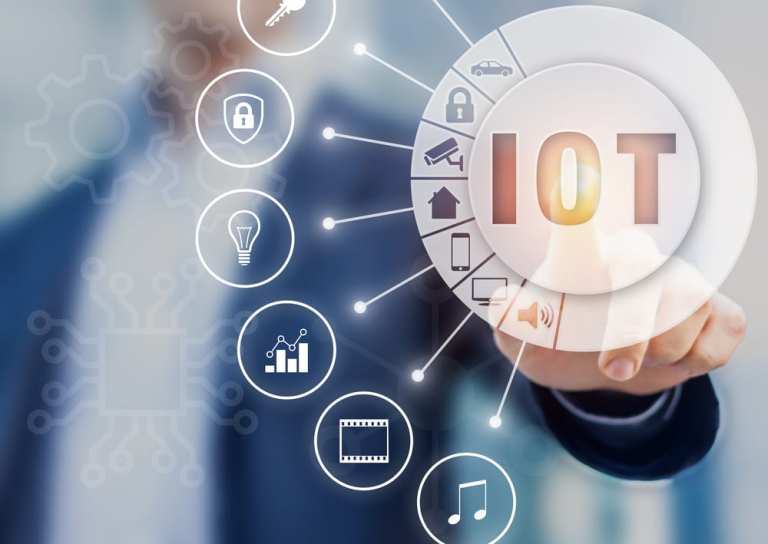
The Internet of Things (IoT) is about much more than the actual things, of course.
All those “smart” appliances, speakers, TVs, vehicles, thermostats and other devices connect to networks and infrastructure in certain ways, with that back-end work a relatively significant source of anxiety in the world of digital payments and commerce. New funding generally targeting those connections, networks and infrastructure — along with fresh PYMNTS research — provide further evidence of the ongoing growth of the IoT, and where its development is headed.
Zededa, a California-based tech firm that provides IoT device management software, said this week (Feb. 25) that it had raised $16 million in a Series A funding round. It was led by “Energize Ventures and Lux Capital, each of whom invests heavily in companies, fundamentally advancing how society implements and utilizes advances in technology,” Zededa said in a statement. “The funds will go toward scaling Zededa’s infrastructure, increasing R&D and expanding sales, marketing and customer success programs to provide greater support to its growing, global customer base.”
IoT Security Concerns
Such technology speaks to a common need when it comes to IoT — both its actual practice and how executives and managers envision using it in the years to come.
Just consider this bit of evidence from a survey report released less than a year ago by Kaspersky Lab: 54 percent of global organizations that responded to the survey “claim that the increased risks associated with connectivity and the integration of IoT ecosystems are a major cybersecurity challenge, as well as new types of IoT security measures that need to be implemented (50 percent) and the implementation of IoT use cases (45 percent).
A company such as Zededa generally operates in an area called “edge computing,” which a recent article from PCMag.com defined as “an architecture in which data is processed closer to where it originates.” The article also said that “utility companies collect data from electric meters, smart roadways monitor weather conditions, and intelligent kitchen and bath fixtures create personalized experiences for homeowners. These are all examples of edge computing combining with the Internet of Things to enable people to gain quicker insights at the edge.”
IoT Payments Growth
Not only that, but the “IoT involves billions of sensors and devices that gather data at the edge to help companies gain insights and make business decisions.” By 2020, according to a Gartner Research estimate, there will exist some 20.4 billion connected devices globally.
When it comes to payments, the new PYMNTS Intelligence of Things Tracker found that those connections are increasing significantly — the compound annual growth rate (CAGR) of the global banking and financial services IoT market will reach 48.6 percent by 2024. And for 2019, total worldwide spending on IoT is forecast to hit $745 billion, according to that recently released PYMNTS research.
Security Upgrades?
That said, the PYMNTS research confirms what others, including Kaspersky and Zededa, have found on their own: It’s a long road to IoT security. “More companies may be paying more attention to the security of their IoT devices, but overall, security still needs an upgrade,” the report said. “That’s not to say there has been no progress – manufacturers are building devices with data security in mind, and developers are now designing software to keep personal data as secure as possible.”
More specifically, sensors stand as a major security risk as the IoT word continues to grow, the PYMNTS research found. “These sensors are typically weak points that can inadvertently allow fraudsters to access devices and their attached data,” the report said. “There are also security concerns when it comes to integrating new technologies with IoT devices. (Artificial intelligence), for example, needs to be carefully trained on which data to flag and which to ignore.”
It is, of course, a cliché to point out that the Internet of Things is in its infancy. But it drives home the point that so many of the decisions made now – so much of the backend work, especially – will have major consequences as the IoT matures.